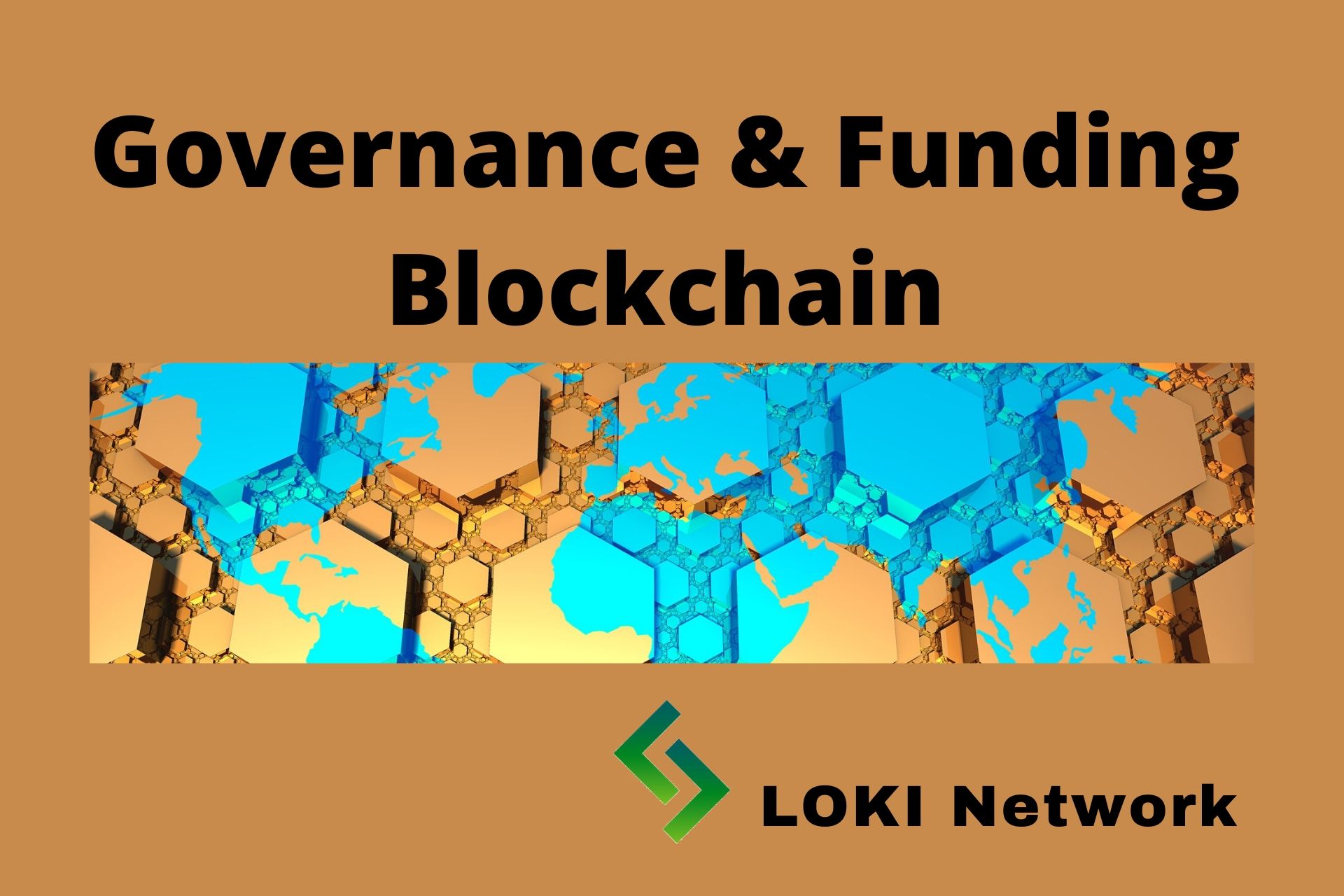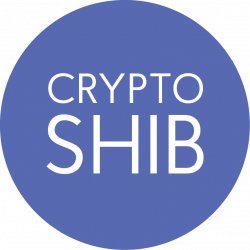Types of Governance of Blockchain, Funding of Blockchain Projects

Blockchains are evolving networks that requires flexibility to satisfy the demands of their users. A blockchain can’t survive if it isn’t valuable and relevant. It therefore should develop and adjust as per the needs of its users.
For it to grow, the Blockchain must have a strategy to make ultimate conclusions about the changes it needs, to be effective. Blockchain governance is different, and a blockchain typically doesn’t have a leadership team like other networks. Instead, it is naturally independent, without the control of any particular person or organization.
Blockchain management involves incentives and technology to enable users to coordinate and function well. People don’t like to participate in the governance of blockchain without incentives. It’s also difficult for a blockchain network to agree on changes if it doesn’t have a favorable method of coordination.
Types of Blockchain Governance
There are several types of blockchain governance approaches. Each blockchain has selected and implemented a governance strategy that is most suitable for its operations. Here are the most common types of blockchain governance strategies.
- Open Governance
In open governance, the developer’s decision-making committee or team is appointed or selected by the blockchain’s users themselves.
- Benevolent Dictator for Life
This governance system means the primary founder or developer of a particular channel makes the final decisions. A perfect example is the governance of the Facebook Platform, on which Mark Zuckerberg makes final decisions on prospective plans.
- On-Chain Governance
On-chain governance is a blockchain-specific control technique. Here, the regulations and the roadmap of the blockchain operations are preserved in the blockchain itself. The rules are commonly executed as smart contracts on the blockchain with inbuilt procedures for users to amend the regulations as per their demands. On-chain governance is the most popular type of blockchain governance.
- Core Development Team
Here, the selected Core Development Team controls the management of the blockchain system. This type of governance is common in open-source programming projects. Developers make the final decision about authorized releases, while users can make requests for features they wish to see on the roadmap.
Loki blockchain governance
The Loki blockchain’s governance framework is designed to determine potential issues by providing an organized platform for discussion and representation, and to source financing for Loki’s advancement without dependence on external factors.
Internal financing for blockchain projects can protect the project from external investor influence which may not put users’ best interests first. The Loki blockchain is designed with this in mind. Five percent of the Loki block reward is routed to the Loki Foundation, the not-for-profit entity which manages development of the Loki blockchain. This ensures that the Loki blockchain has a consistent source of funding that is not reliant on (or vulnerable to) external influence.
The Loki Foundation is constitutionally obliged to focus its resources on executing the project and its plans. Transparency is vital for the Loki Foundation’s not-for-profit status. And the Foundation has to prove to users that it practices honesty and continues spending in line with its mandate. The Loki Foundation is answerable both to the users and its analysts.
Loki Blockchain Funding Structure
The Loki Project has announced that the Loki Funding System will be implemented at a future date. The Loki Funding System will permits part of the block reward to be entirely allocated by a vote from the Service Nodes. The Service Nodes are run by various individuals and entities worldwide and are not obliged to support or agree with the Loki Development Team or Foundation.
The proposed Loki Funding System would mean that each proposal to be voted on by the Service Nodes has to be published on the Loki blockchain. Anybody who needs to present a project to the Service Nodes must create a proposed transaction, and the submitted transaction content must also be straightforward.
Each Service Node will have a particular key for casting votes, which can be sent out to the system and used to vote for the benefit of the Service Node without having to log in to the hosting server.
All returns from the Loki Funding System will be paid through funding blocks. Funding block rewards work like regular block rewards, as a non-custodial approach to circulate Loki.
To develop a legitimate funding block, miners must have the option to survey proposals that achieve the necessary level of votes. This is done by utilizing the data that the service nodes put on the blockchain. The data has both the addresses to be paid to each individual and the info about their votes.
